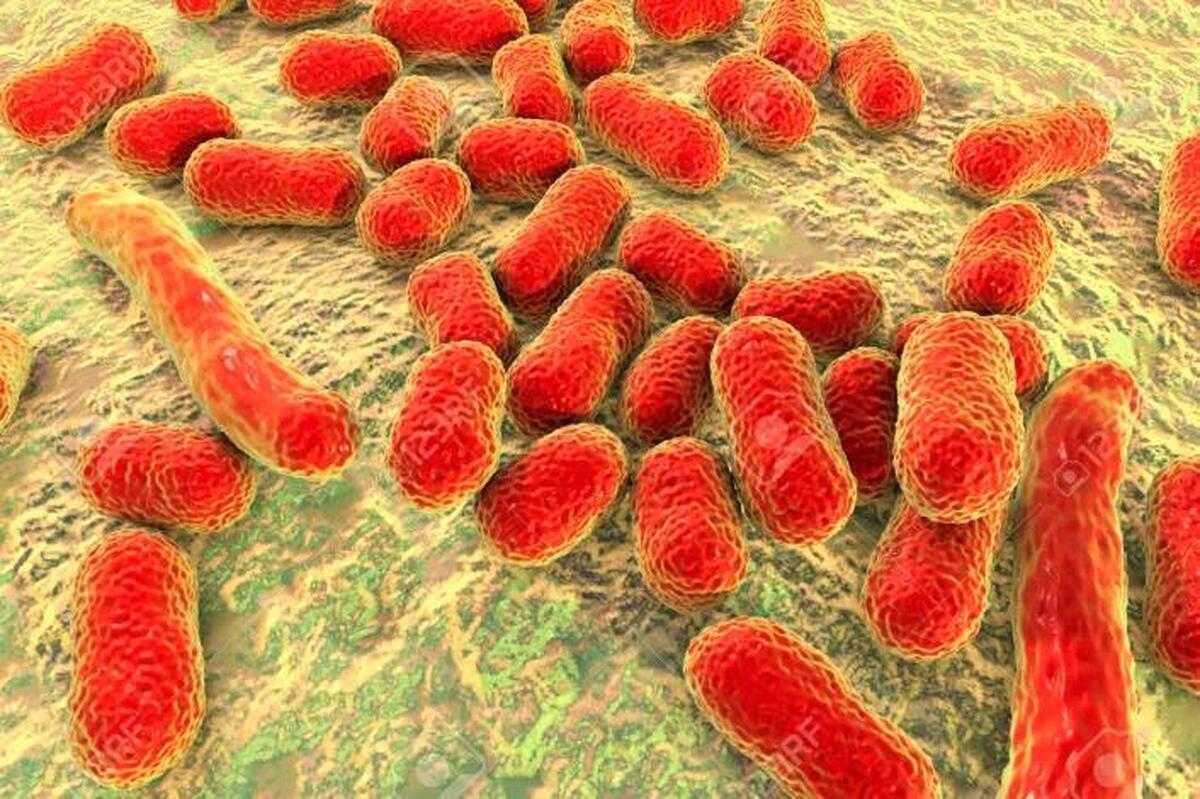Iranian Scientist Makes Gene Vaccine with Different Formulations against A.baumannii

The title of the thesis by Tohid Piri, a graduate student of microbial biotechnology, was 'designing, making and investigation of immunogenicity of OmpC and Hcp genes in the presence of C274 adjuvant and chitosan nanoparticles as a gene vaccine against Acinetobacter baumannii'.
“Development of new vaccines is a proper and cost-effective way to prevent the spread of A. baumannii infections; therefore, in this study, gene vaccines with different formulations were designed and made to create an effective and strong vaccine against A. baumannii,” he told ANA.
He added that immunoinformatics methods based on reverse vaccinology were used to predict and identify immunogenic antigens of A. baumannii, noting that the hcp and OmpC genes were cloned in pcDNA3.1 (+) vector.
“CPG-ODN C274 adjuvant was cloned separately in pcDNA3.1(+) vector to increase immunogenicity and the accuracy of cloning was checked by PCR and enzymatic digestion,” Piri said.
Synthesized gene vaccines were encapsulated in chitosan nanoparticles using coacervation technique and synthesized nanovaccines were characterized by microscopic tests (SEM, TEM), DLS and TGI, he stated.
The scientist noted that the stability of the nanovaccines was studied by enzymatic digestion by DNase I and chitosanase, adding, “Different formulations of the synthesized vaccines were injected IM into different groups of female BALB/c mice.”
He added that the immune responses created in mice were investigated by ELISA and real time PCR methods up to 60 days after the last vaccination, noting that the protective capacity of gene nanovaccines was monitored in BALB/c mice by exposing them to A. baumannii by challenge test and bacterial load examination, and finally, possible pathological damage was examined by H&E staining.
“Hcp and OmpC genes with 5 and 7 epitopes, respectively, were selected as immunogenic antigens with immunogenicity scores of 0.88 and 0.79. The average diameter of pDNA-hcp-CSNPs, pDNA-OmpC-CSNPs, and pDNA-CPG-CSNPs was 69.62 nm, 75.58 nm, and 79.21 nm, respectively.”
These nanovaccines were all positively charged, Piri said, stating that in addition, it was displayed that encapsulation of DNA plasmids in chitosan prevents its digestion by DNase I.
“Compared with pDNA-PBS and pDNA-Gene groups, BALB/c mice immunized with pDNA-Gene-pDNA-CPG-CSNP had higher levels of serum IgG, functional cytokines (IFN-γ, IL-1b, IL-6) and induced pro-inflammatory cytokines (IL-12, IL-23) in the spleen supernatant. The transcription levels of functional cytokines (IFN-γ, IL-1b, IL-6), pro-inflammatory cytokines (IL-12, IL-23) increased after vaccination for 30 days,” he concluded.
Acinetobacter baumannii is a typically short, almost round, rod-shaped (coccobacillus) Gram-negative bacterium. It is named after the bacteriologist Paul Baumann.
It can be an opportunistic pathogen in humans, affecting people with compromised immune systems, and is becoming increasingly important as a hospital-derived (nosocomial) infection.
4155/v





















